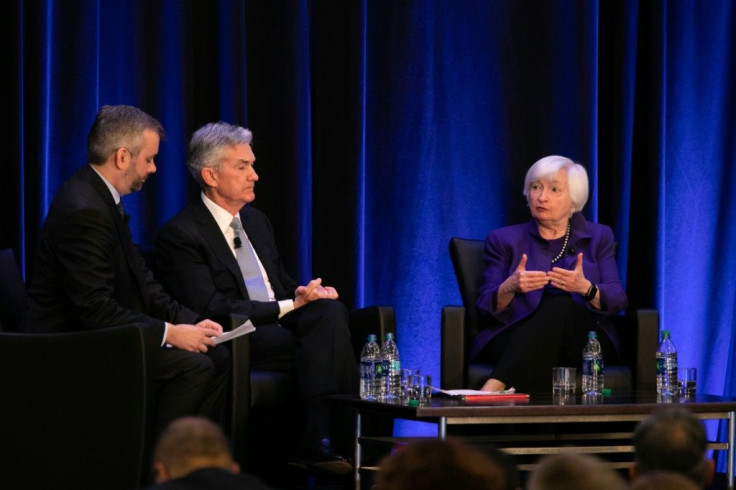Inflation And The Fed’s ‘Third Mandate’

Inflation, the precipitous rise in the price of goods and services Americans are buying, isn’t an accident, just the result of supply chain bottlenecks, as the Federal Reserve has been arguing since the old villain made its re-appearance in the American economy.
It’s also the result of deliberate Federal Reserve policies, arising from a host of new mandates added by the political system to its mission, including reducing income inequalities -- the Fed’s “third mandate.”
For years, the Federal Reserve had a dual mandate set forth by Congress to maintain price stability and pursue maximum employment.
While Congress started the two mandates, it was left up to the Federal Reserve to define and quantify them. Defining and quantifying price stability has proved to be a relatively easy task. The Fed described price stability as steady inflation, which came to mean the maintaining of 2% inflation over the years.
However, the Fed changed its definition recently from just 2% inflation to 2% average inflation. In other words, the Fed is willing to tolerate inflation numbers above its target level for short periods in order to advance its other mandate, maximum employment.
Defining maximum employment has proved to be a far more complicated task. Over the years, the Federal Reserve has avoided coming up with a specific number for maximum employment. Instead, it has posted a rather lengthy essay on the economic conditions determining maximum employment. One of these conditions is low unemployment or what economists call the natural rate of unemployment -- an unemployment level that once crossed could fuel rising wages and inflation.
But, again, the Federal Reserve avoided coming up with a firm policy target number.
The Fed’s vagueness in defining maximum employment made this mandate an elusive target. Meanwhile, it gave its monetary policy arm, the Federal Open Market Operations (FOMC), great flexibility in defining maximum employment according to the circumstances.
In recent years, the Fed has assumed a “third mandate,” reducing income inequalities. For instance, the current Federal Reserve chair has repeatedly stated that income inequality is among the top challenges for the U.S., and he wants to see prosperity shared amongst all Americans.
In theory, this is a noble cause that should be pursued by all government institutions that have the power to influence the allocation of the country’s scarce resources, including the nation’s central bank.
In practice, it’s an elusive cause as the Federal Reserve doesn’t run any business to provide jobs for low-income Americans. However, private enterprises are doing that, provided that the people they employ can be productive enough to justify their employment, meaning that providing employment for everyone isn’t a monetary policy problem.
Still, there’s something the Federal Reserve can do. It can keep interest rates low long enough to maintain high growth, fuel strong demand for labor, and reach those at the low end of the income distribution.
The problem with this policy is that it pushes unemployment below the “natural rate,” fueling inflation, as has been the case in recent months.
High inflation, in turn, hurts all working Americans and especially the low-income Americans, who spend most of their income on food and energy, the two items, which are at the core of the country’s inflation problem.
That’s the paradox of the Fed’s third mandate. It ends up hurting the most those whom it was supposed to help in the first place.





















